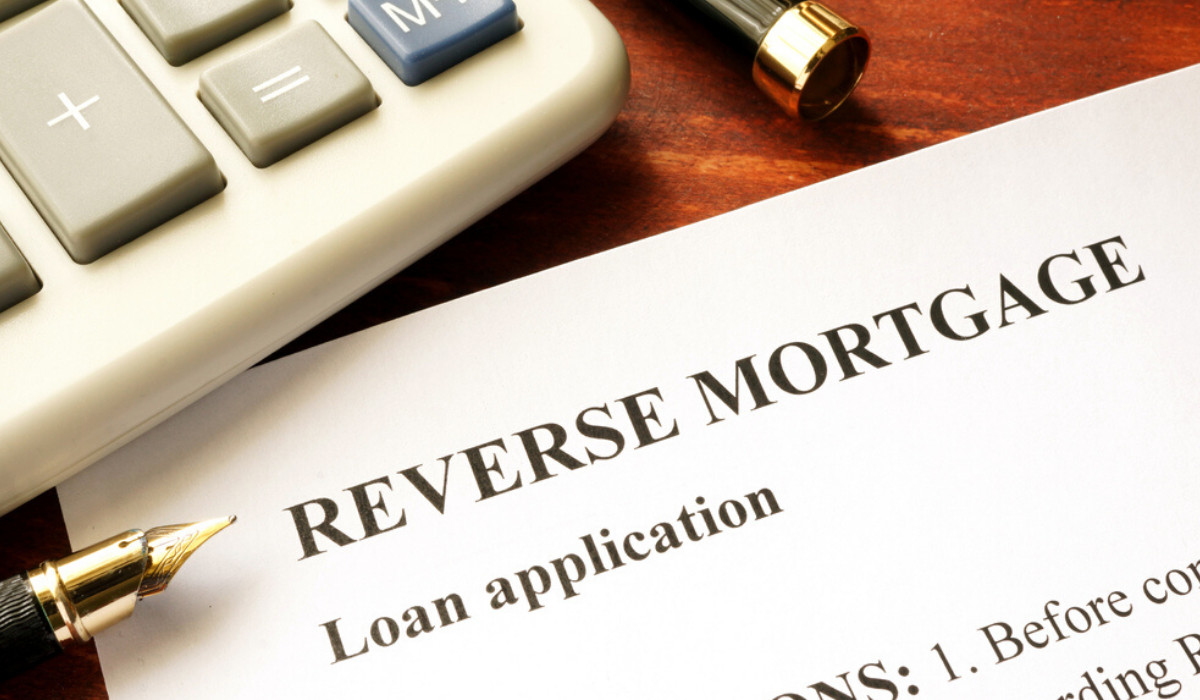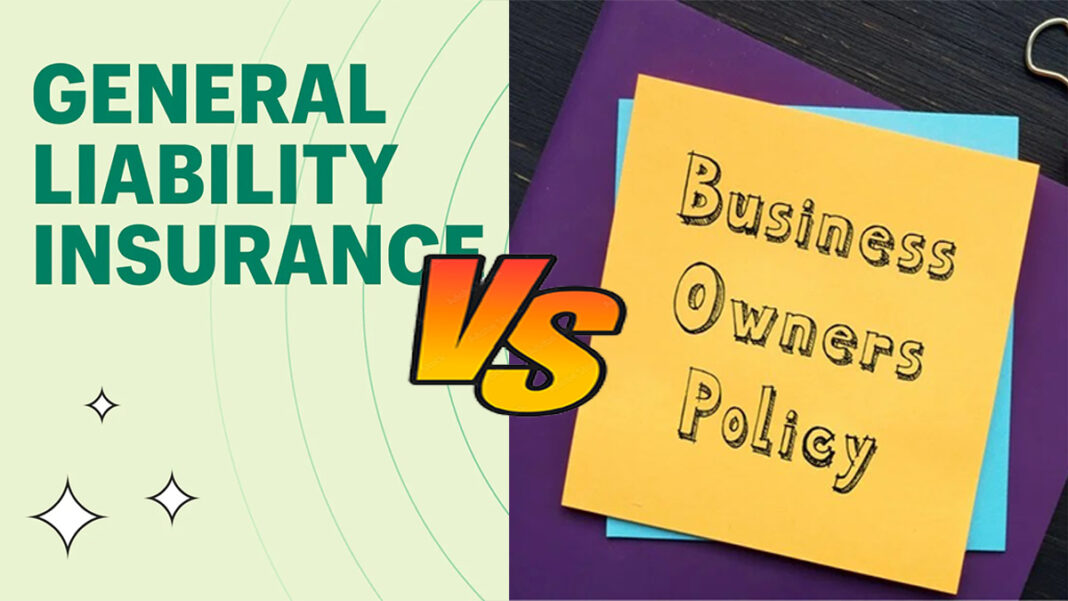
In the realm of financial transactions among individuals—whether within social circles like friends, family, or acquaintances—clarity and legal protection play pivotal roles, especially in the context of personal loans. Without a formal agreement in place, the absence of clear terms can lead to potential legal disputes, strained relationships, and misunderstandings. Therefore, it’s prudent to consider drafting a personal loan agreement to navigate these waters with care.
Such an agreement not only serves as a testament to the trust between the lender and borrower but also stands as an immutable document delineating the expectations and responsibilities of each party involved. Key details, including the loan amount, repayment schedule, interest rates, and protocols for late payments, are outlined within this agreement. However, crafting a comprehensive and equitable personal loan agreement may seem daunting.
What Constitutes a Personal Loan Agreement?
A personal loan agreement constitutes a legally binding contract between two parties—a lender and a borrower—laying out the terms and conditions of the loan. This agreement delineates crucial elements such as the principal amount, interest rate, repayment schedule, and any additional terms agreed upon by both parties.
Its significance lies in several aspects: clarifying the obligations of both borrower and lender, establishing a legal framework for loan repayment, and averting misunderstandings that could potentially strain the relationship.
These agreements are commonly utilized for loans between individuals within personal networks, excluding formal financial institutions like banks. However, despite their personal nature, they hold legal weight and could be invoked in court to enforce repayment or resolve disputes.
Inclusion of specific details such as payment due dates, interest calculations, and repercussions for late payments or defaulting on the loan facilitates smoother interactions between parties and ensures mutual protection.
Essential Information Required
Crafting a well-structured personal loan agreement necessitates the inclusion of the following key information:
- Legal names and addresses of both parties.
- Payment method.
- Names and addresses of loan cosigners (if applicable).
- Repayment date.
- Collateral (if any).
- Payment terms.
- Prepayment penalties.
- Signatures from a witness representing both parties.
- Dispute resolution mechanisms.
- Signatures from all involved parties.
- Annual percentage rate.
- Penalties for late payments or nonpayment.
How to Draft a Personal Loan Agreement
Drafting a loan agreement is a crucial step in facilitating clarity regarding loan terms between individuals, serving as legal documentation to safeguard both borrower and lender in case of misunderstandings or disputes. Here’s a guide to initiate this process:
Identify the Parties: Begin by clearly identifying both the lender and borrower, including their full names, addresses, and contact information.
Specify Loan Details: Outline the principal amount of the loan and its purpose, if applicable, to prevent any ambiguity regarding the borrower’s financial obligations.
Define Repayment Terms: Specify the loan’s start date, duration, number of payments, any grace period for late payments, each payment’s amount, and due date.
Interest Rate: State the interest rate, whether fixed or variable, and detail how it’s applied and calculated to ensure transparency.
Penalties and Late Fees: Detail any fees or penalties for late payments or defaulting on the loan, including the amount and conditions of application.
Collateral (If Applicable): Describe any collateral securing the loan and the conditions under which the lender can claim it.
Governing Law: Specify the jurisdiction whose laws will interpret the agreement and handle disputes.
Amendment Process: Include a provision outlining how the agreement can be amended, requiring signatures from both parties for any changes.
Signatures: Provide space for both lender and borrower to sign and date the agreement, considering witnesses or notarization for further validation.
Additional Tips:
Document everything meticulously. Be specific in outlining terms and conditions. Consider seeking legal advice from a lawyer. Maintain confidentiality and privacy throughout the process.
In conclusion, when embarking on a loan arrangement, drafting a personal loan agreement can prove invaluable in ensuring clarity and legal protection for both parties involved.






